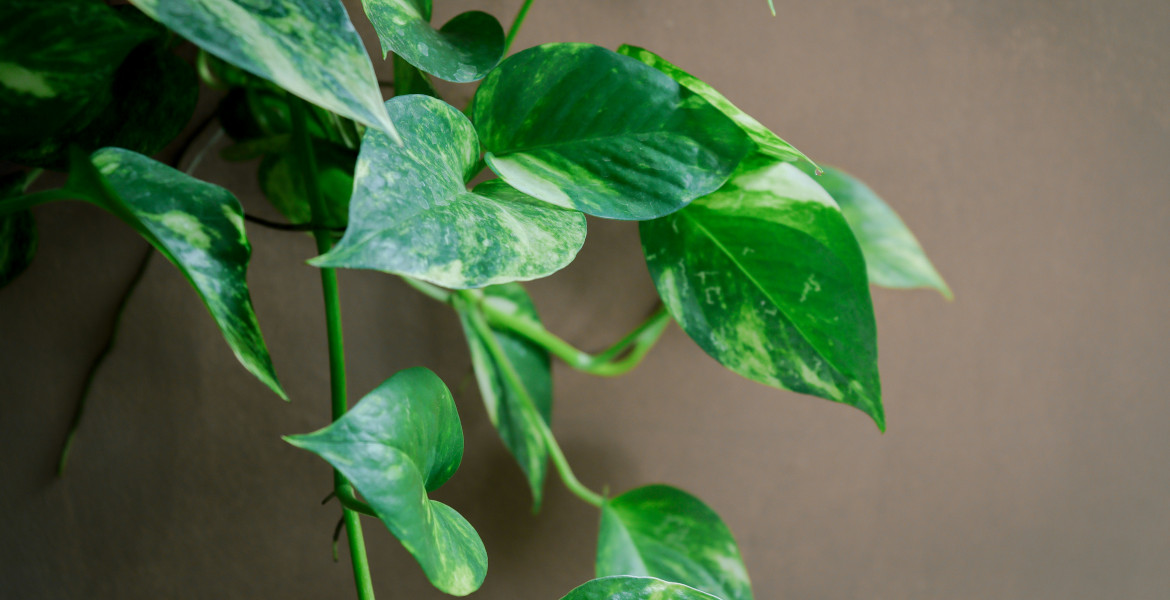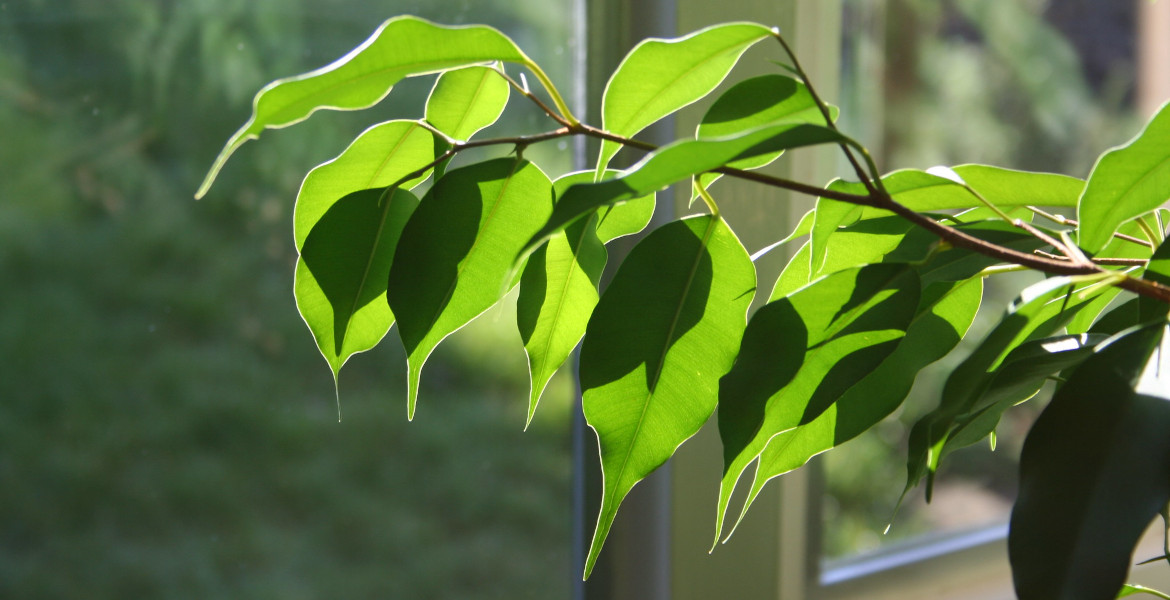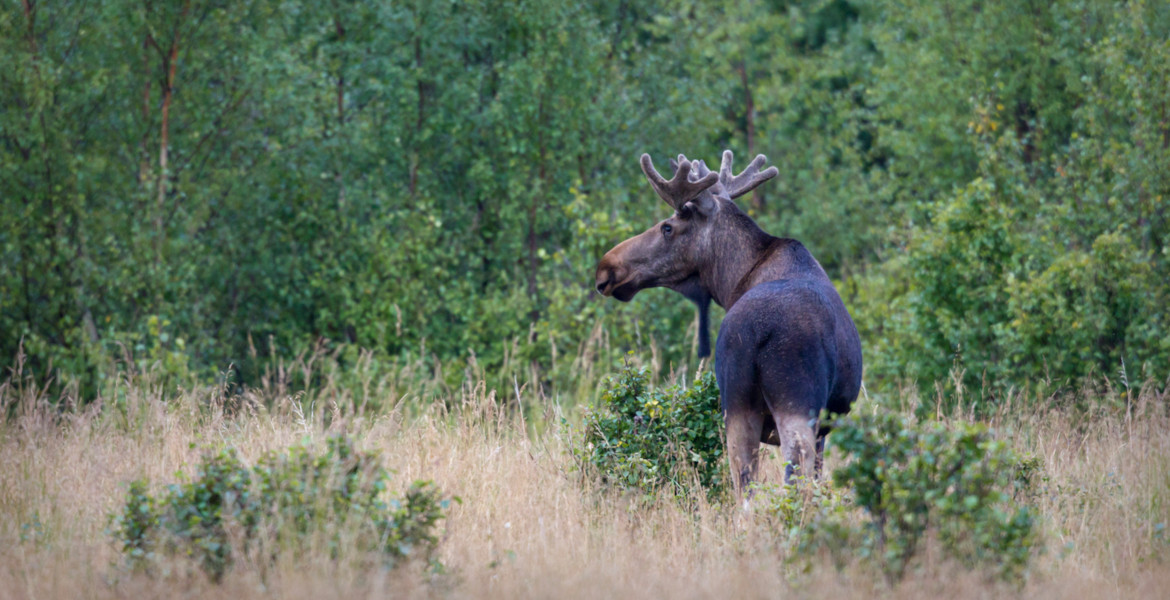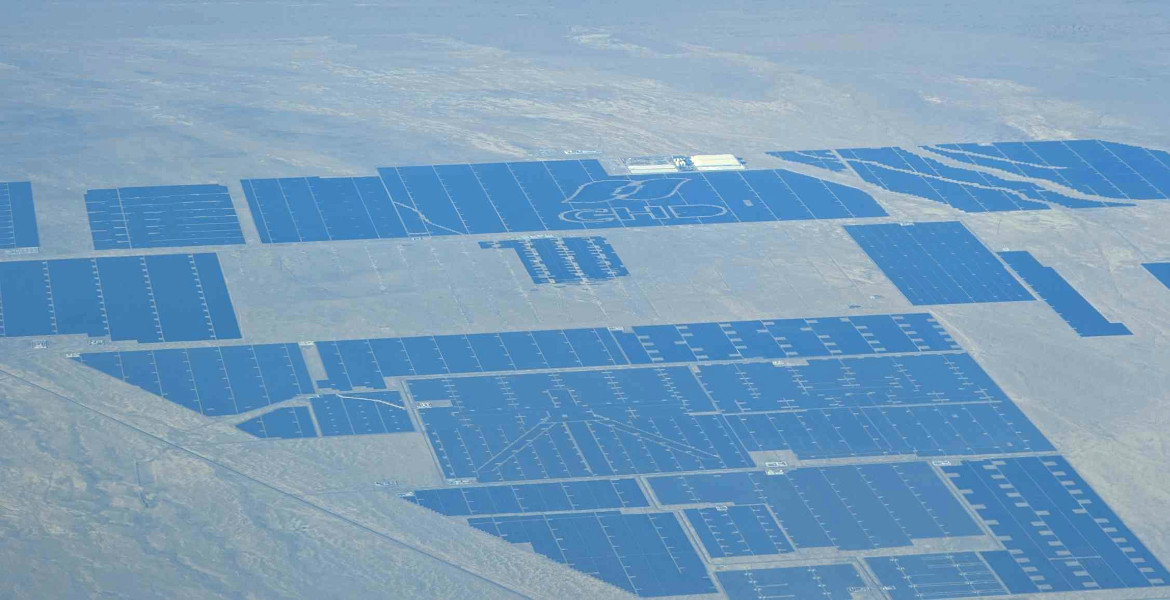Planting new corals on damaged reefs can lead to rapid recovery, research shows. Restored reefs grow as fast as healthy reefs after just four years.
In Indonesia, large areas of reef were destroyed 30 to 40 years ago by blast fishing, which uses explosives to kill and collect fish. This practice is now illegal as it is considered very harmful to ecosystems and the environment. These reefs have not recovered naturally at all, but the Mars Coral Reef Restoration Program, which is working to restore destroyed reefs, has transplanted coral fragments into a network of interconnected "reef stars". The idea is to create artificial coral reefs using concrete or other environmentally friendly materials.
A study conducted by researchers at the University of Exeter, in collaboration with the Research Center for Oceanography, the National Research and Innovation Agency (BRIN) in Indonesia, Mars Sustainable Solutions and Lancaster University, investigated the impact of these artificial reefs on the recovery of degraded coral reefs.
To do this, they developed a method of monitoring reef carbonate budgets - the chemical reactions involving carbon dioxide, water and minerals, mainly calcium carbonate (CaCO3), which is the main component of corals and the shells of marine organisms such as oysters and mussels. They were able to measure recovery over a few months, one year, two years and four years, and in both degraded and healthy sites, according to the study published in Current Biology.
"Encouraging discovery"
It turns out that coral cover tripled over the years, and after four years, the restoration sites were indistinguishable from nearby healthy reefs.
– The speed of recovery we saw is incredible, lead author Dr. Ines Lange of the University of Exeter said in a press release.

In other words, after just four years, restored reefs are growing at the same rate as healthy reefs. However, the researchers stress that while reef restoration cannot solve the problem of reefs being severely threatened by climate change, it does show that such measures can help increase the resilience of specific reefs and restore important functions that are crucial for marine life.
– This is a really encouraging discovery, said Dr. Tim Lamont of Lancaster University. If we can maintain climatic conditions that allow corals to survive, it is possible to restore even severely damaged reefs to healthy, functioning systems within a relatively short period of time.












